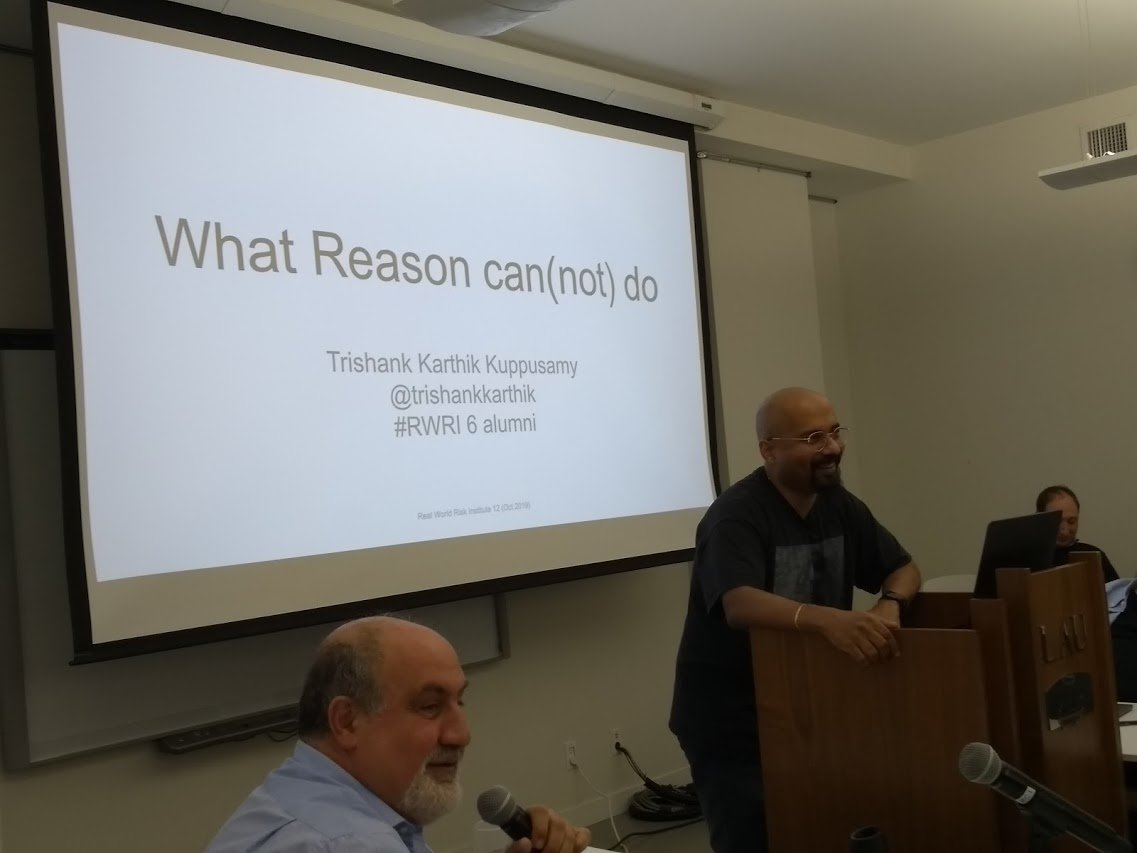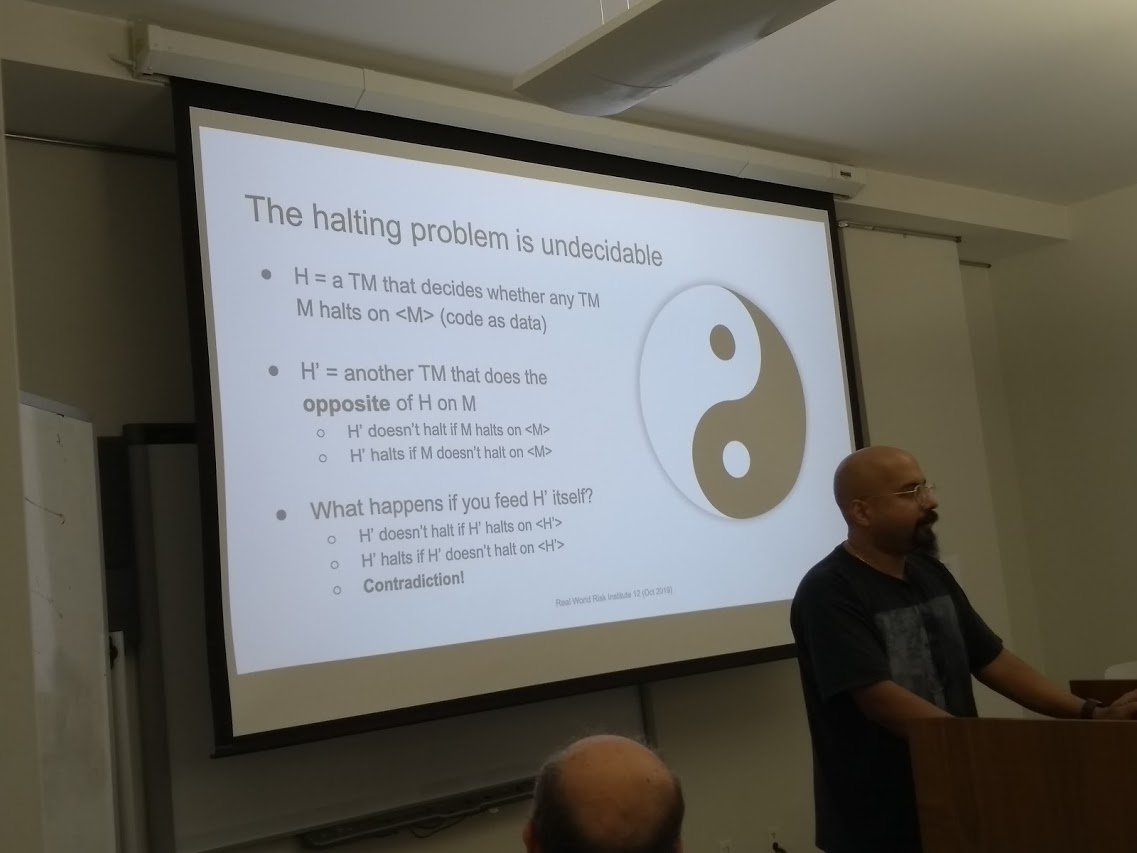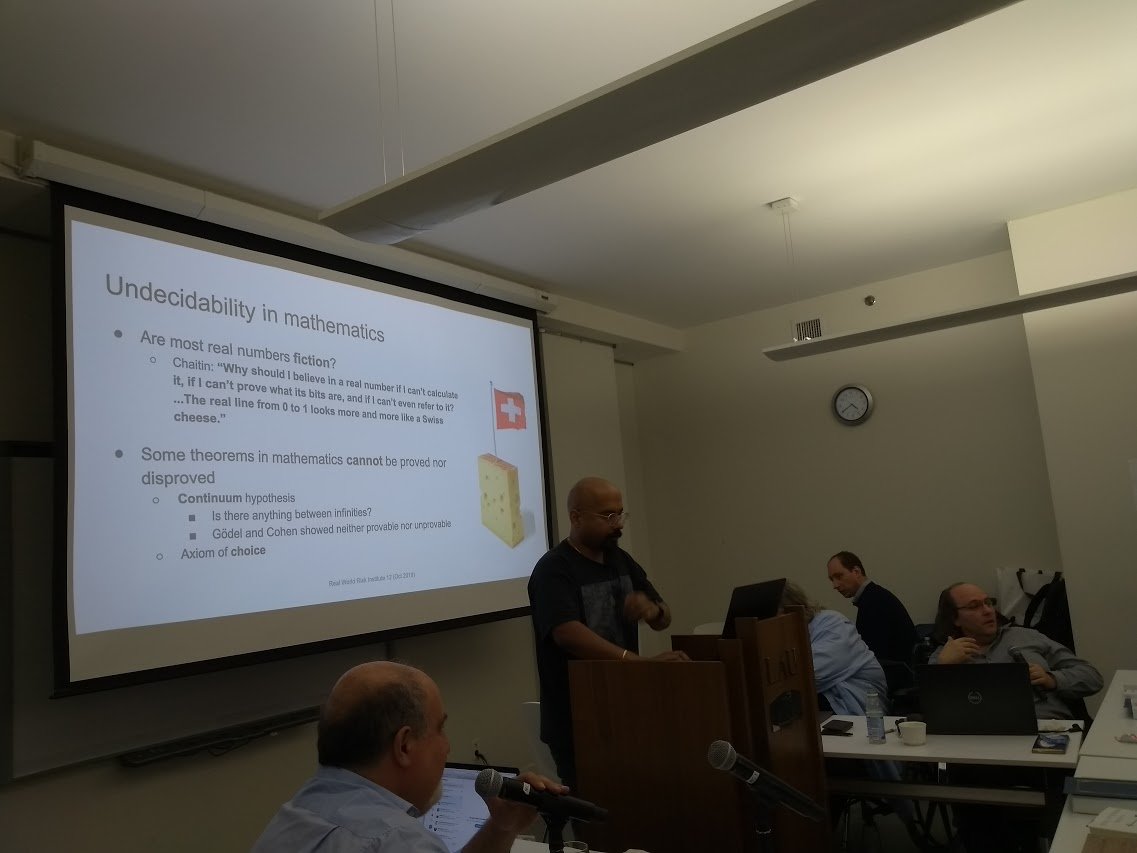
Uusi versio: *Pahin-On-Aina-Ohi -illuusio, eli miten viimeisimmät koronatilastot voivat olla ikuisesti laskussa*
1/
#koronafi #covid19fi #koronakriisi
1/
#koronafi #covid19fi #koronakriisi
Ilmiötä voi käyttää ehtymättömänä helpotuksen lähteenä:
1. Mene tarkastamaan viimeisimmät luvut.
2. Havainnoi, että pahin on ohi.
3. Toista ensi viikolla uudelleen, jättäen huomiotta että mennyt data muuttuu joka päivä, kun viivästyneitä lukuja lisätään siihen.
2/
1. Mene tarkastamaan viimeisimmät luvut.
2. Havainnoi, että pahin on ohi.
3. Toista ensi viikolla uudelleen, jättäen huomiotta että mennyt data muuttuu joka päivä, kun viivästyneitä lukuja lisätään siihen.
2/
Kiitos katkoviivainspiraatiosta @KortelaTomi!
3/
https://twitter.com/KortelaTomi/status/1534087851968692224?t=y8mrlxbt28wYBIPsgT0dKQ&s=19
3/
Tarvitsemme ehdottomasti siilikuvaajia vastaavan piirtelygenren Twitteriin. Tuhatjalkaisia?
Piirrä oma näkemyksesi!
4/


Piirrä oma näkemyksesi!
4/
https://twitter.com/MattiKahra/status/1534097794113449986


Latauslinkit:
- video: drive.google.com/uc?export=down…
- GIF: drive.google.com/uc?export=down…
Kuvan aikaisempi versio:
5/
- video: drive.google.com/uc?export=down…
- GIF: drive.google.com/uc?export=down…
Kuvan aikaisempi versio:
5/
https://twitter.com/Heinonmatti/status/1533849619494477825
• • •
Missing some Tweet in this thread? You can try to
force a refresh











